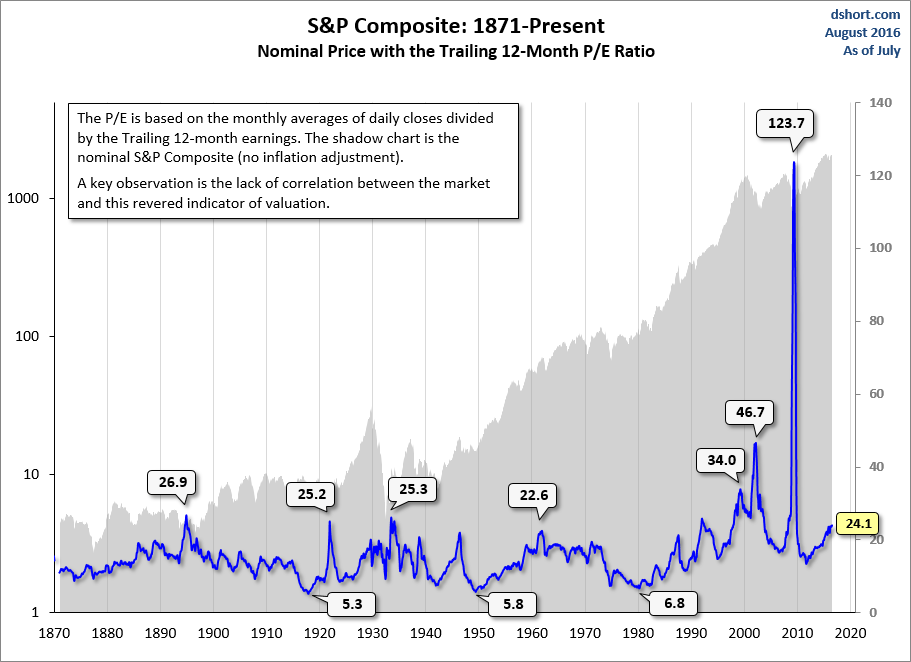Trump's Economic Legacy: Assessing The Winners And Losers

Table of Contents
Tax Cuts and Their Impact
Trump's signature 2017 tax cuts, the Tax Cuts and Jobs Act (TCJA), drastically altered the US tax code.
Winners:
- Corporations and High-Income Earners: The TCJA slashed the corporate tax rate from 35% to 21%, a substantial reduction directly benefiting large corporations and high-income individuals. This led to increased corporate profits and higher after-tax income for the wealthy. For example, companies like Apple saw a significant boost to their bottom line.
- Stock Market Investors: The tax cuts fueled a bull market, with the S&P 500 experiencing considerable growth during much of Trump's term. This benefited investors who saw their portfolios expand. The Dow Jones Industrial Average also reached record highs during this period.
- Bullet Point: Companies like Boeing and Caterpillar, benefiting from both tax cuts and deregulation, saw stock prices rise significantly.
Losers:
- Low and Middle-Income Earners: While proponents argued for trickle-down economics, evidence suggests the benefits of the tax cuts were not evenly distributed. Many low and middle-income earners saw limited or no tangible increase in disposable income. Studies by the Congressional Budget Office highlighted the disproportionate benefits towards higher-income brackets.
- National Debt: The tax cuts, coupled with increased government spending, led to a substantial increase in the national debt. The Congressional Budget Office projected trillions of dollars added to the national debt over the decade following the TCJA's enactment.
- Bullet Point: The rising national debt poses long-term risks, including higher interest rates and potential future economic instability.
Trade Policies and Their Consequences
Trump's "America First" approach significantly impacted US trade relations, employing tariffs and renegotiating trade deals.
Winners:
- Certain Domestic Industries: Tariffs imposed on imported goods, particularly steel and aluminum, aimed to protect domestic industries from foreign competition. Some US steel producers experienced increased demand and higher prices.
- Specific Worker Groups: Workers in protected industries, such as steel manufacturing, may have experienced increased job security or slight wage increases due to reduced foreign competition. However, the overall employment impact was debated.
- Bullet Point: The renegotiation of the USMCA (formerly NAFTA) aimed to benefit US manufacturers and workers, though its actual impact remains a subject of ongoing analysis.
Losers:
- Consumers: Tariffs led to increased prices for consumers on a range of imported goods, contributing to inflation. This disproportionately impacted lower-income households who spend a larger percentage of their income on necessities.
- Farmers: Trade disputes, particularly with China, significantly harmed US agricultural exports, leading to financial hardship for many farmers. Soybean and pork producers faced substantial losses due to retaliatory tariffs.
- Bullet Point: The trade wars initiated by the Trump administration disrupted global trade relationships, leading to uncertainty and economic instability worldwide.
Deregulation and its Effects
Trump's administration pursued a significant deregulation agenda across various sectors.
Winners:
- Businesses: Deregulation reduced compliance costs for businesses and potentially stimulated economic activity in certain sectors. For instance, rollbacks of environmental regulations eased compliance burdens on energy companies.
- Investors: Deregulation in specific industries, such as finance, may have increased investment and profitability.
- Bullet Point: The easing of environmental regulations facilitated increased energy production, but at potential long-term environmental costs.
Losers:
- Environmental Protection: Reduced environmental regulations led to concerns about increased pollution and environmental damage. Examples include loosened emission standards and reduced oversight of environmental protection agencies.
- Workers' Rights: Some argued that deregulation weakened worker protections, potentially leading to unsafe working conditions and reduced labor standards in certain industries.
- Bullet Point: The long-term economic costs associated with relaxed environmental and safety regulations might outweigh short-term gains.
Conclusion
Trump's economic policies generated a mixed legacy. While tax cuts and deregulation benefited corporations and high-income earners, and certain domestic industries, the benefits were not evenly distributed. Low and middle-income earners, consumers, farmers, and environmental protection all suffered negative consequences. The significant increase in national debt poses a long-term risk. A comprehensive assessment of "Trump's Economic Legacy" necessitates a careful consideration of both the winners and losers. To gain a deeper understanding of the complexities involved, further research into "Trump's economic impact" and "analyzing Trump's economic policies" is encouraged, exploring various academic studies and analyses available online and in published literature.

Featured Posts
-
 How Tariffs Threaten Chinas Export Led Growth Model
Apr 22, 2025
How Tariffs Threaten Chinas Export Led Growth Model
Apr 22, 2025 -
 High Stock Valuations And Investor Concerns Bof As Analysis
Apr 22, 2025
High Stock Valuations And Investor Concerns Bof As Analysis
Apr 22, 2025 -
 2025 Razer Blade 16 Review Balancing Portability Performance And Price
Apr 22, 2025
2025 Razer Blade 16 Review Balancing Portability Performance And Price
Apr 22, 2025 -
 Land Your Dream Private Credit Job 5 Dos And Don Ts To Follow
Apr 22, 2025
Land Your Dream Private Credit Job 5 Dos And Don Ts To Follow
Apr 22, 2025 -
 Ryujinx Emulator Development Halted Nintendo Contact Confirmed
Apr 22, 2025
Ryujinx Emulator Development Halted Nintendo Contact Confirmed
Apr 22, 2025
